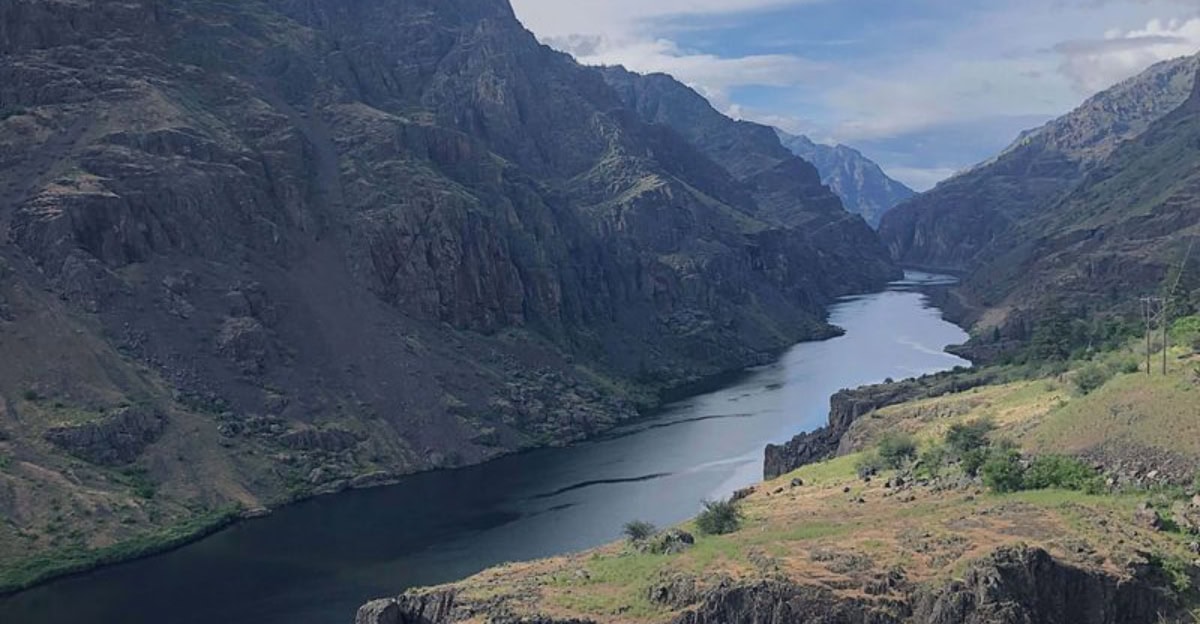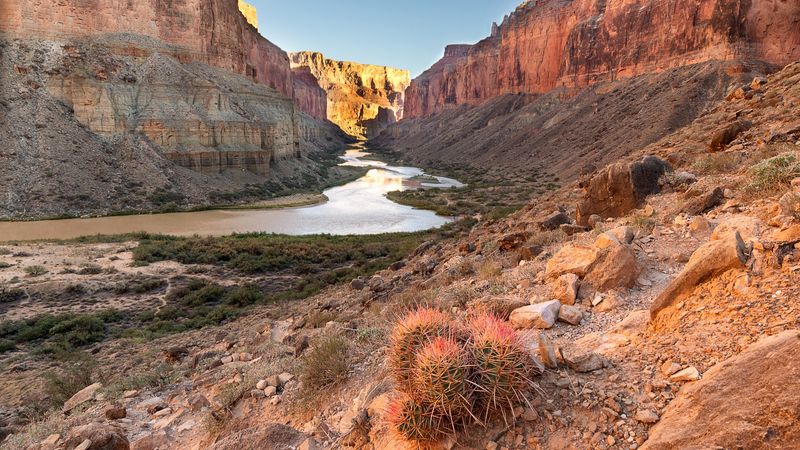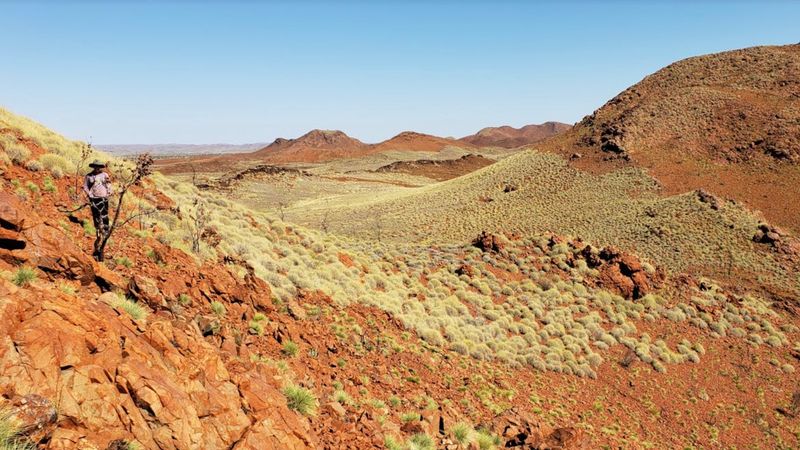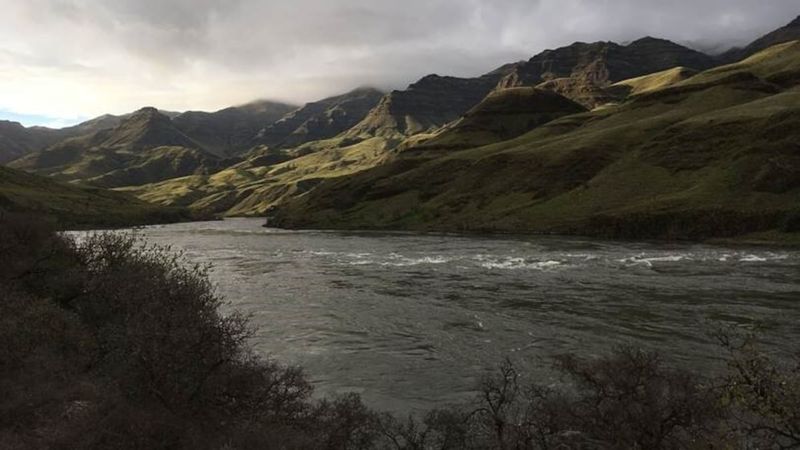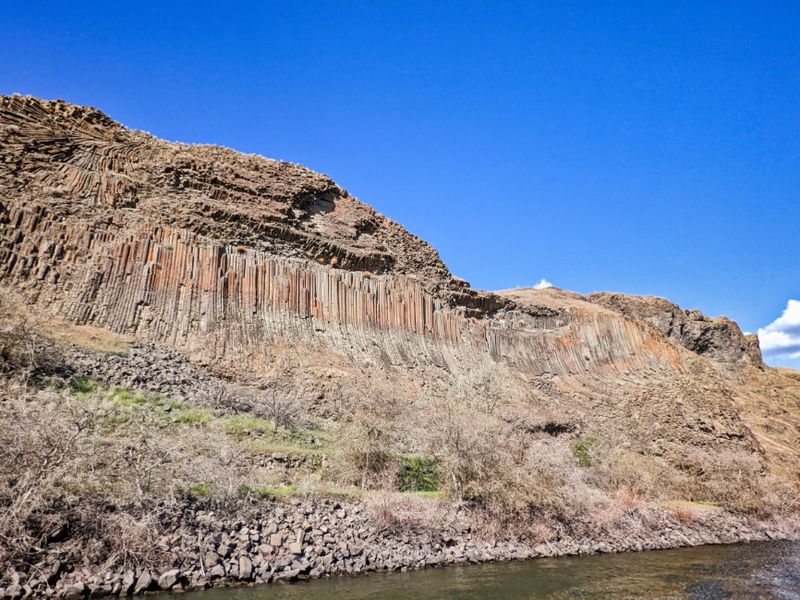Hells Canyon, one of North America’s most dramatic landscapes, owes much of its jaw-dropping depth to a catastrophic ancient flood, not just slow erosion. While the Snake River has long sculpted the region, recent research reveals that a sudden outburst from ancient Lake Idaho rapidly carved the canyon around 2 million years ago. Volcanic activity and later Ice Age floods added to its complex story. Here are five fascinating facts about the powerful forces that shaped this stunning Idaho landmark.
1. A Surprisingly Young Canyon
Geologists once thought Hells Canyon was ancient, but recent studies reveal it’s relatively youthful. A fascinating study published in PNAS indicates that this mighty gorge was rapidly carved around 2.1 million years ago, much younger than previously believed. Geologist Matthew Morriss and his team used innovative techniques to date the canyon, examining sediments in limestone caves that were shielded from cosmic rays. These sediments provided a clearer timeline of the glacial floods that once swept through the region. This revelation reshapes our understanding of the canyon’s history, positioning it as a young marvel of nature’s power and geologic activity.
2. Clues from Cave Sediments
Beneath the surface of Hells Canyon, caves hold secrets of the past. Geologist Matthew Morriss led a team that analyzed sediments in these limestone caves, which were untouched by cosmic rays. This innovative method of dating revealed layers of history carved by glacier-driven floods. The findings show that these ancient floods left behind significant deposits high above the current river. These cave sediments provide invaluable clues about the forces that sculpted the canyon, offering a window into its dynamic geological past and the dramatic events that shaped its formation.
3. Catastrophic Overflow from Ancient Lake Idaho
Imagine a massive body of water, Lake Idaho, overflowing its bounds due to shifting climatic or tectonic conditions. Around 2.1 million years ago, this event triggered a dramatic surge northward into the Snake River system. The sudden influx initiated rapid erosion, carving the young Hells Canyon. This cataclysmic overflow reshaped the landscape, setting the stage for the canyon’s distinct features. The powerful waters etched a path through volcanic and sedimentary layers, forever altering the region’s geology. It’s a testament to how nature’s forces can redefine terrains in relatively short geological periods.
4. Volcanic Foundations & Extended Carving
Hells Canyon stands on a foundation of volcanic activity. Around six million years ago, the Snake River began cutting through a plateau formed by earlier basalt lava flows. Despite this ancient start, the canyon achieved its dramatic depth much later. The arrival of Lake Idaho’s waters accelerated the erosive process, and the canyon’s striking depth emerged. The volcanic rocks tell a story of nature’s relentless power, illustrating how continuous forces shape our planet. The interplay between volcanic foundations and erosive waters highlights the complex processes that crafted this iconic landscape.
5. Ice Age Floods Widened the Gorge
The saga of Hells Canyon didn’t end with its initial carving. Ice Age floods, including the notable Bonneville Flood approximately 15,000 years ago, played a pivotal role in widening the gorge. These massive floods rushed through the Snake River, reshaping the surrounding landscapes. The force of the waters deposited extensive gravel bars and terraces, contributing to the canyon’s current breadth. These ancient events underscore the transformative power of natural disasters in shaping geological features. The ongoing story of Hells Canyon is a testament to nature’s ability to continually redefine and sculpt the Earth’s surface.
